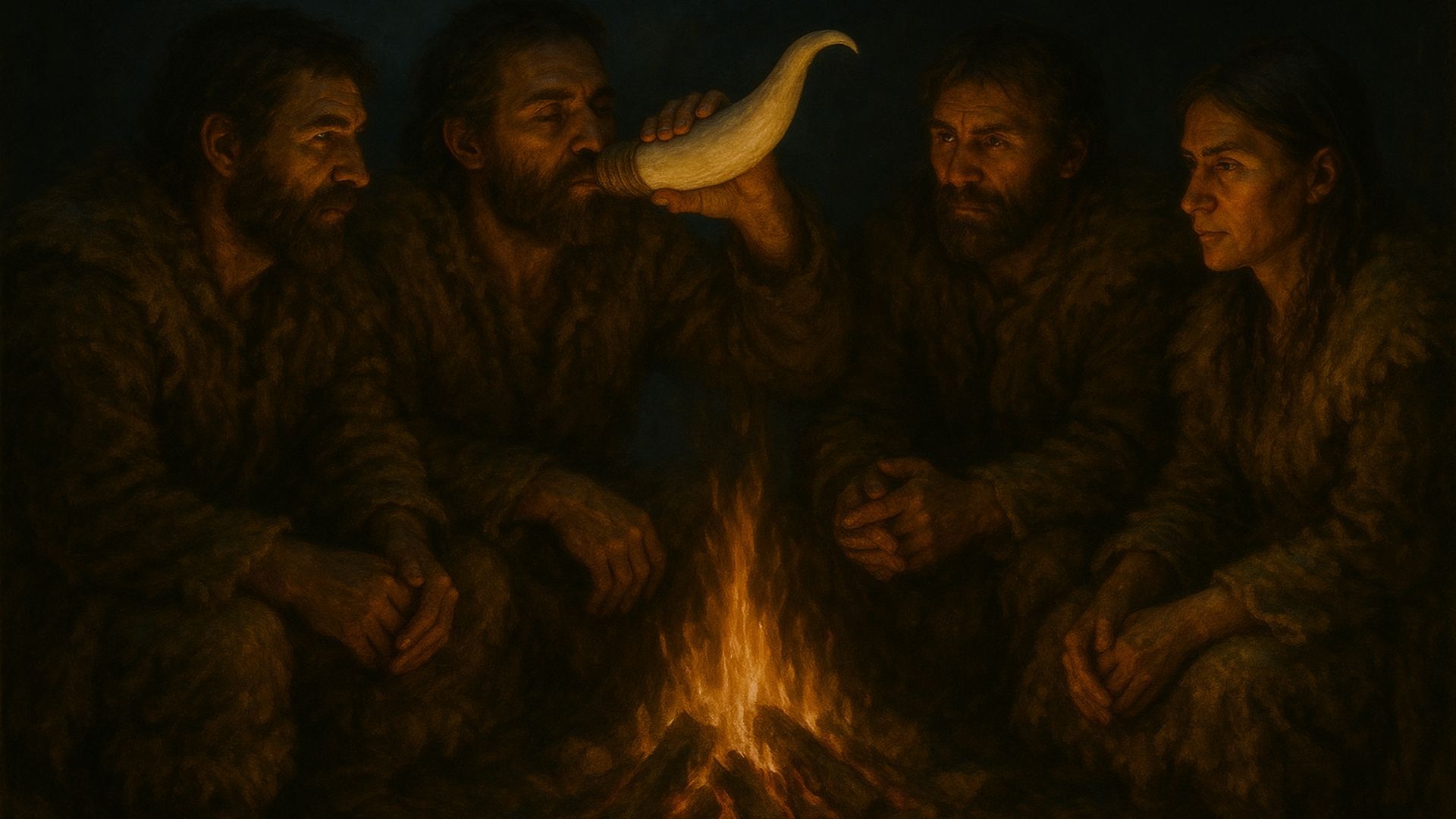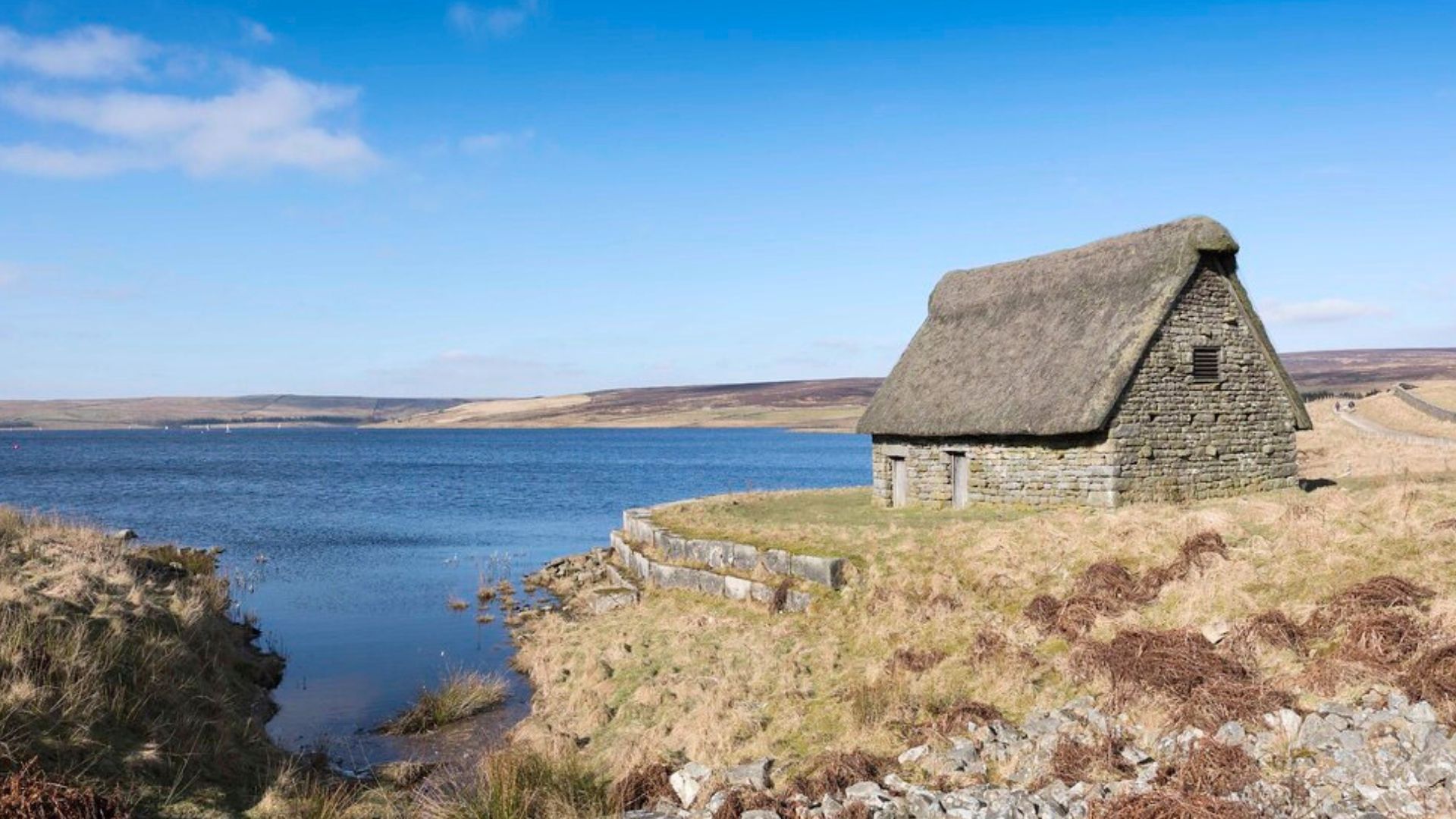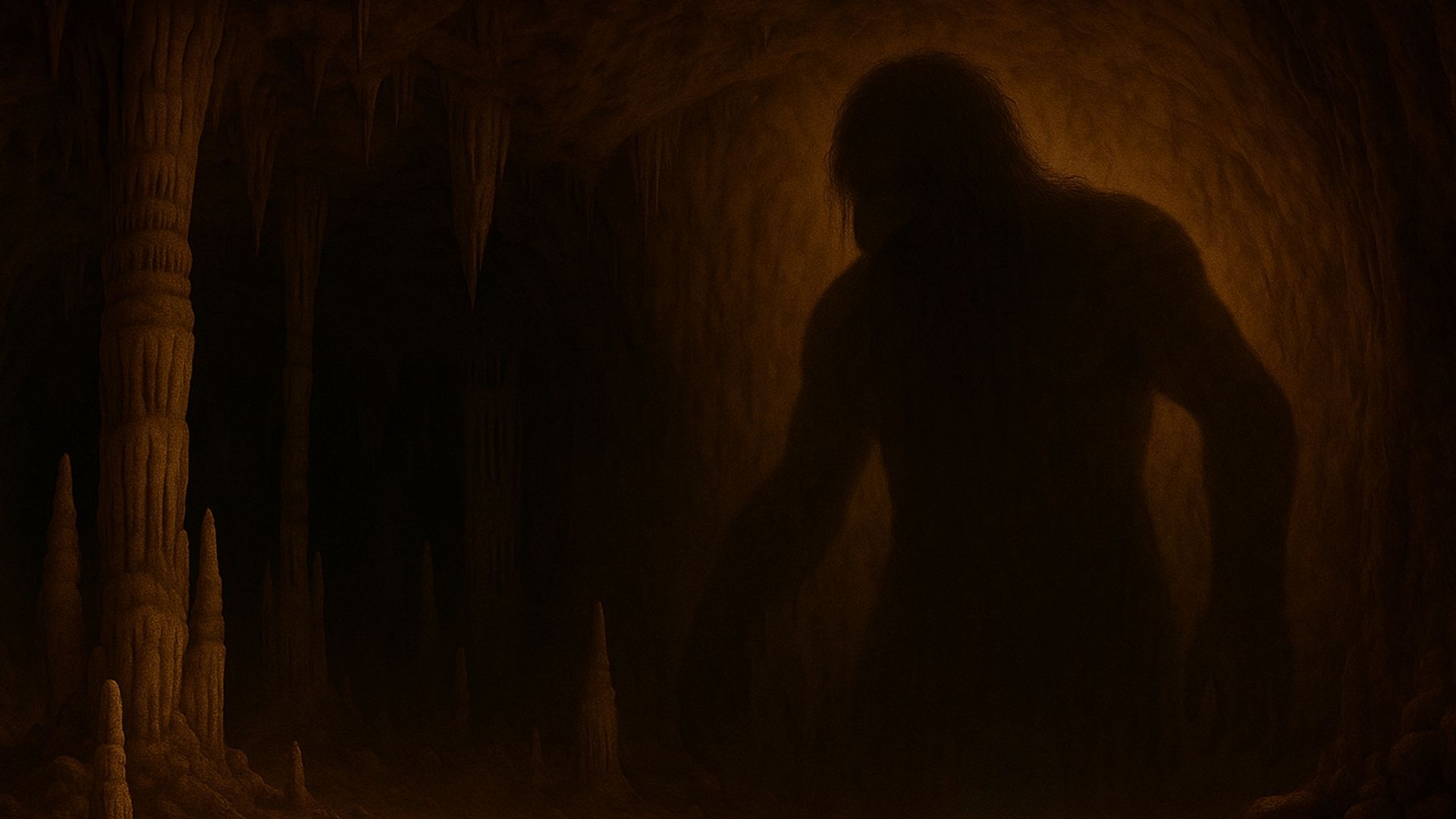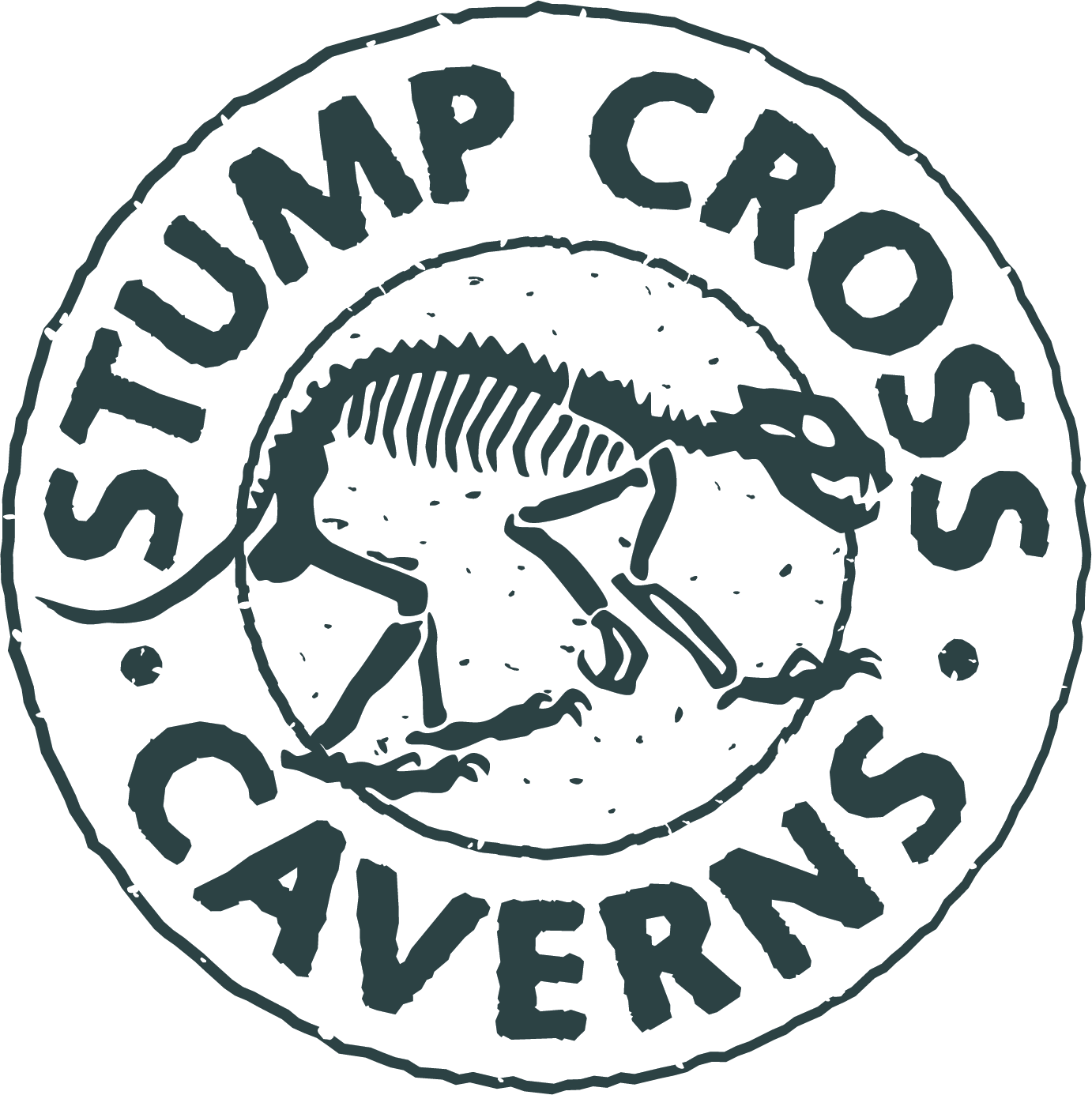Stone Age humans had no fancy restaurants or speed-dial pizza. But they came up with some delicious recipes regardless. Discover 4 of the tastiest here.
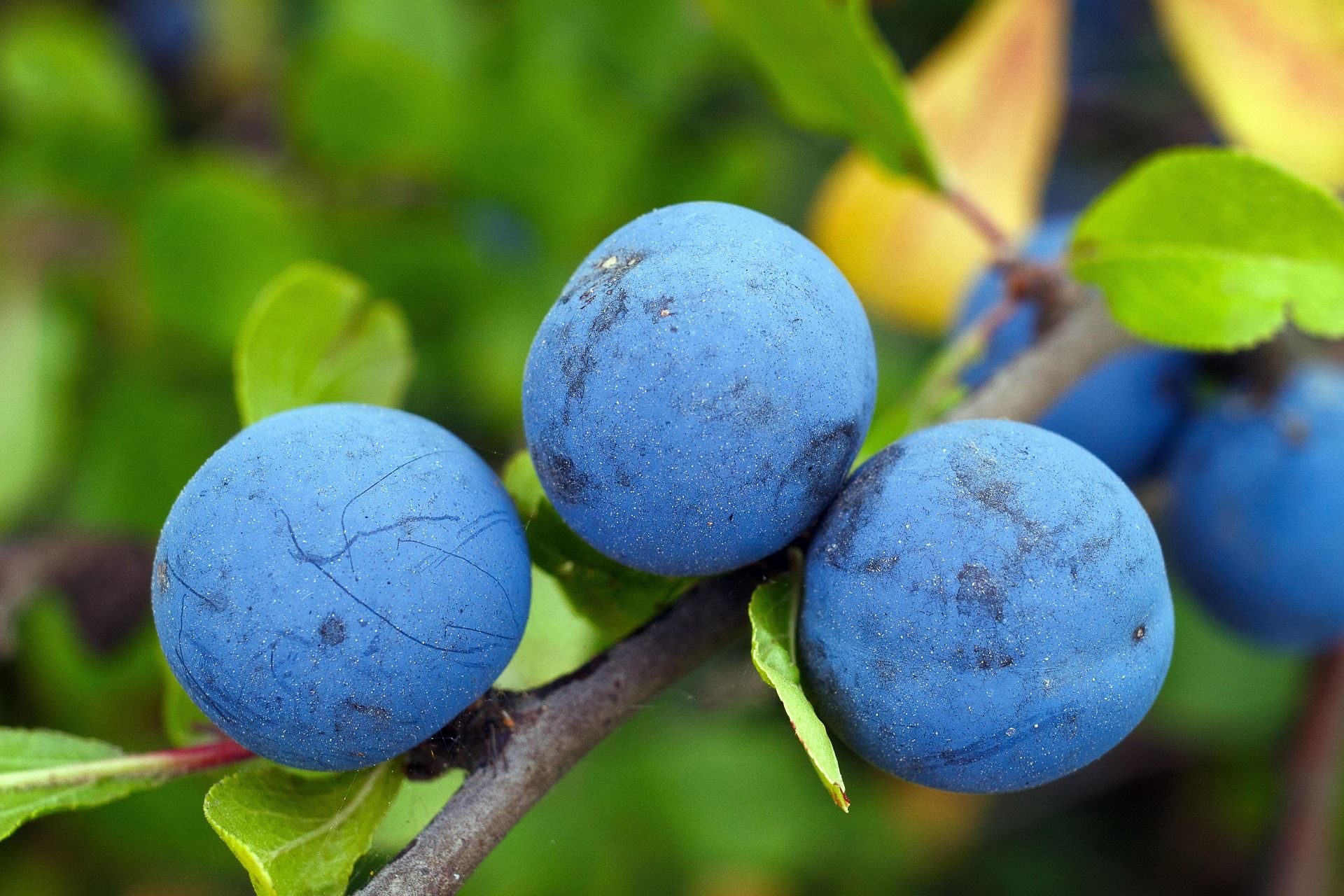
Here at Stump Cross Caverns, we're obsessed with all things Stone Age – including food!
Let's find out what our ancestors might have eaten hundreds of thousands of years ago when humans first started using fire and rudimentary cooking utensils.
The food of the Stone Age
Stone Age societies were made up of nomadic hunter-gatherers. To sustain themselves, they hunted animals and gathered what they could from their environment. Think wild plants, fruits, nuts and other resources.
They were also among the first humans to use fire for cooking and tools to crudely process their food. (Cave kitchens… imagine that!)
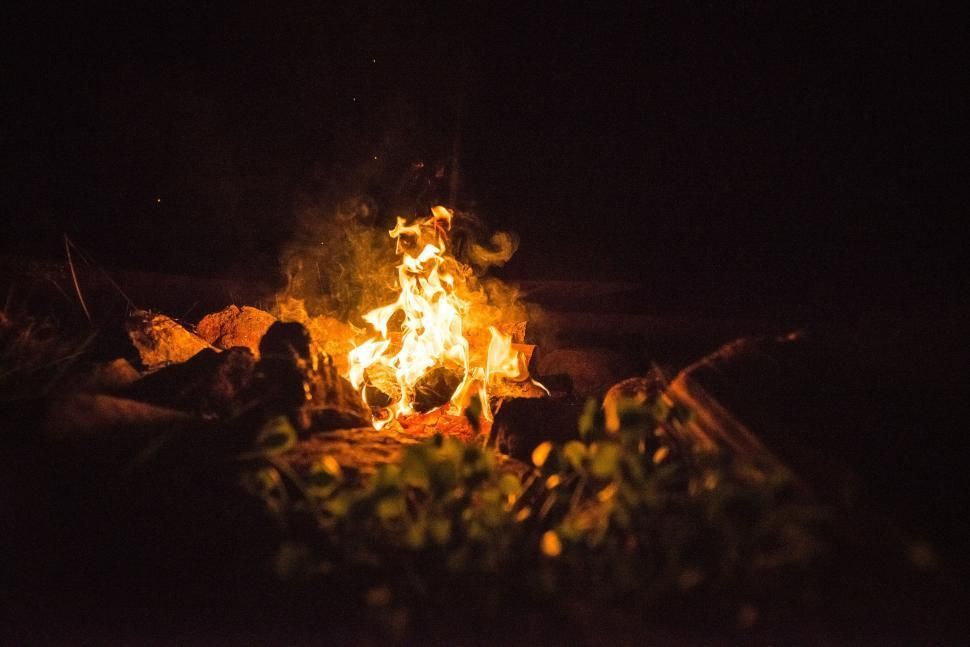
Wondering what that food might have tasted like? We've dug up some delectable Stone Age recipes to whet your appetite. You can try making these yourself if you like.
But first, a quick disclaimer. Obviously, our Stone Age forebears didn't share recipes online or write cookery books. (Writing wouldn't be invented until about 3400 BC – long after the Stone Age was over.)
This means our recipes can never be 100% accurate. They're our best guesses – and they should be considered a bit of fun. After all, it
is
fun to think about how our ancestors ate, lived and passed the time all those years ago.
1. Seedy nutty bread
Stone Age people couldn't access cultivated grains like wheat or barley. (Remember: there's no farming yet.)
However, as far back as 20,0000 years ago, people were making a kind of flour – at least according to
one study.
These primitive Paul Hollywoods would grind seeds and nuts in hand-crafted pestles and mortars. The resulting flour – a coarse, nutty concoction – may have been used to bake loaves similar to what we now know as rye bread.
The recipe below is for a simple, plain loaf. However, you could flavour your bread with anything you like.
For a Stone Age flavour, think of forageables: blackberries, wild garlic, rose hips and the like. There's an abundance of edible plants all around us.
Equipment
- Medium loaf tin
- Parchment paper
- Weighing scales
- Pestle and mortar
- Mixing bowls
- Wooden spoon
- Spatula
- Fork
Ingredients
- 150g pumpkin seeds
- 150g sunflower seeds
- 100g sesame seeds
- 100g hazelnuts
- 100g walnuts
- 5 eggs
- 75ml olive oil (or coconut oil)
- 2 tsp salt
- Set the oven to 160°C.
- Line your loaf tin with the parchment paper. This will help free your loaf from the pan after cooking.
- Measure out your seeds and nuts and transfer them to the pestle and mortar. Grind them until they're rough and coarse but almost floury in texture.
- In the mixing bowl, beat the eggs, olive oil and salt.
- Add the seedy nutty mixture and combine to form a sloppy dough.
- Transfer the mix to the loaf pan and bake for one hour.
2. Stewed fruit
With fire came the ability to cook food, of course. But it also meant our ancestors could preserve grub to finish later.
Fruit can spoil quite quickly after it's been picked, so Stone Age people would stew their berries to help them last longer. Calories were precious, after all.
For this recipe, we've suggested raw honeycomb for sweetening. However, you could use date syrup, honey or another plant-based sweetener if you prefer.
(We certainly don't suggest raiding any beehives yourself, though. Ouch!)
Equipment
- Weighing Scales
- Stove/fire
- Saucepan
- Wooden spoon
Ingredients
- 500g berries of your choice (fresh or frozen) – we used fresh blueberries and blackberries
- 50g raw honeycomb (or more if you have a sweet tooth)
- Water
- Add the berries and honeycomb to a pan. Heat gently until the honeycomb has dissolved and the fruit is soft.
- Add water if the consistency is too thick.
3. Fish stew
Fish was a popular choice for the Stone Age hunter. It was available all year round and conveniently located in one spot – the nearest river or beach.
(It was easier to catch than a woolly mammoth, too – though, let's face it, rather smaller.)
Imagine returning to camp after a hard day's fishing with some trout, salmon and even mussels or oysters. To your delight, you see that your prehistoric pals have collected some beautiful veggies. Time to make a stew!
Our ancient friends may well have baked, steamed or even grilled their fish over an open flame. In this recipe, we've opted for stewing but you don't have to build a fire to cook it (unless you want to!)
Feel free to use whatever fish you like. We've opted for salmon and prawns.
Equipment
- Stove/fire
- Chopping board
- Knife
- Saucepan
- Wooden spoon
- Ladle
Ingredients
- 2 salmon fillets
- 100g prawns
- 1 onion
- 1 leek
- 1 tbsp olive oil
- Handful of wild garlic leaves
- 1 large potato
- Fresh herbs
- 6 large tomatoes
- Salt and pepper to taste
- Prepare and chop the onion and leek. Sauté in the olive oil until soft and translucent.
- Add the tomatoes (chopped) and a splash of water. Cook until the tomatoes are soft and the mixture is quite liquid.
- Dice the potato and add to the sauce. Cook for 10 minutes or until beginning to soften.
- Chop the salmon into chunks and add it to the pot, along with the prawns. Simmer until the fish is cooked through but not rubbery.
- Chop the wild garlic and fresh herbs of your choice. Stir through at the last minute and season with the salt and pepper just before serving.
4. Foraged dandelion, nettle and mint tea
Plants and herbs are not only nutritious and delicious, but some also have medicinal properties. Stone Age people may have known a lot about plants and their curative potential.
Try this refreshing combination – but remember to wear gloves when picking the nettles.
Equipment
- Stove/fire
- Saucepan
- Tea strainer
- Mugs
Ingredients
- 2 handfuls of dandelion leaves
- 2 handfuls of nettles (the young tips are best)
- 1 handful of mint leaves
- Bring a large pan of water to a rolling boil.
- Wash the foraged leaves thoroughly and add them to the pot.
- Turn the heat down to a simmer and let the flavours infuse for 10 minutes.
- Pour the tea through a strainer, let it cool and – if you need sweetness – add a teaspoon of honey.
We hope you enjoy making these recipes. Remember: hunting and gathering is all about using ingredients that are seasonal and available. So, get creative and go for it!
Stump Cross Caverns is an ancient underground cave system in North Yorkshire. We're obsessed with all things Stone Age – and even have our own resident
cavewoman!
Whether you're a class of 30 or a family of four, our caves are the perfect destination for an
educational school trip or a fun day out.
Book your tickets online – and get ready for adventure.



